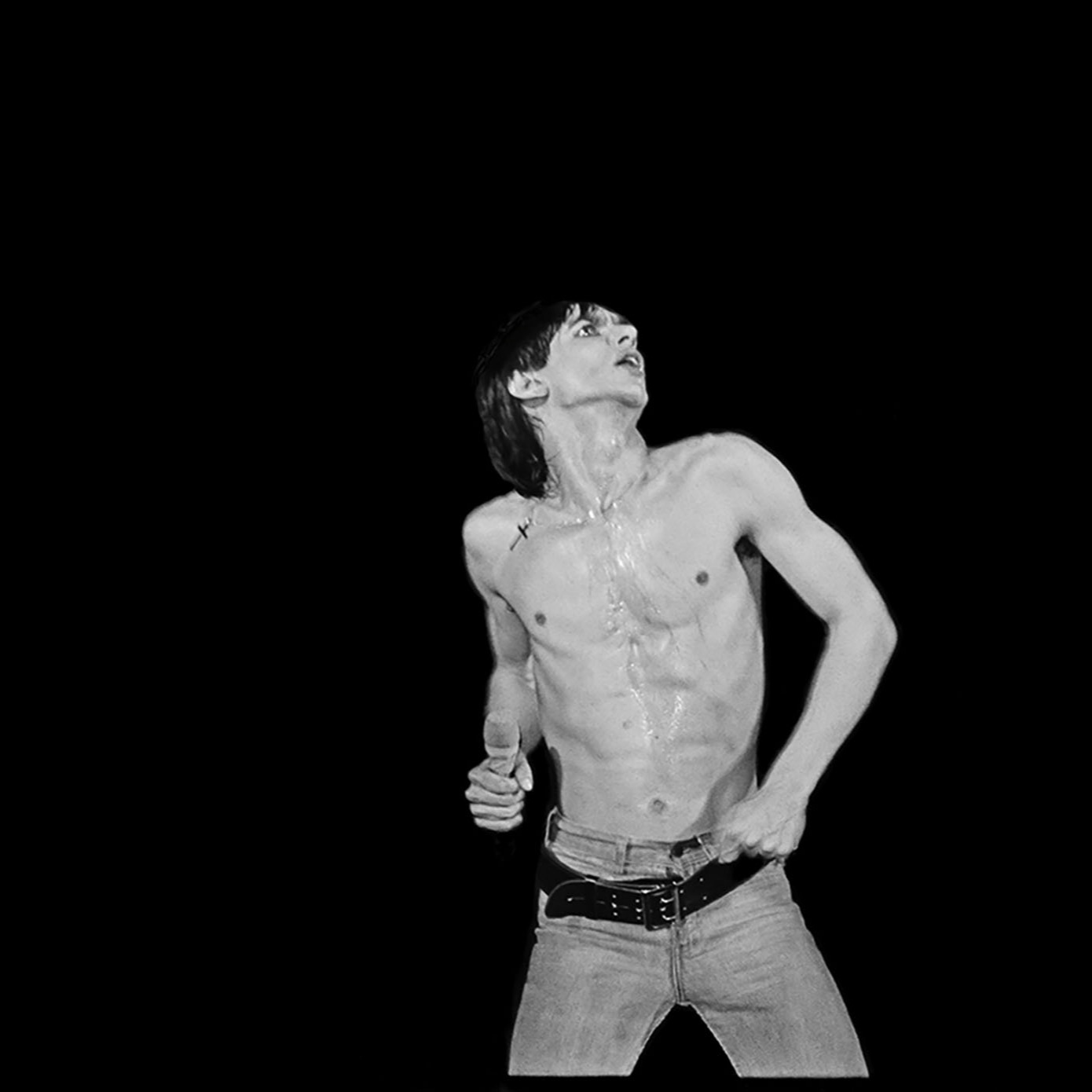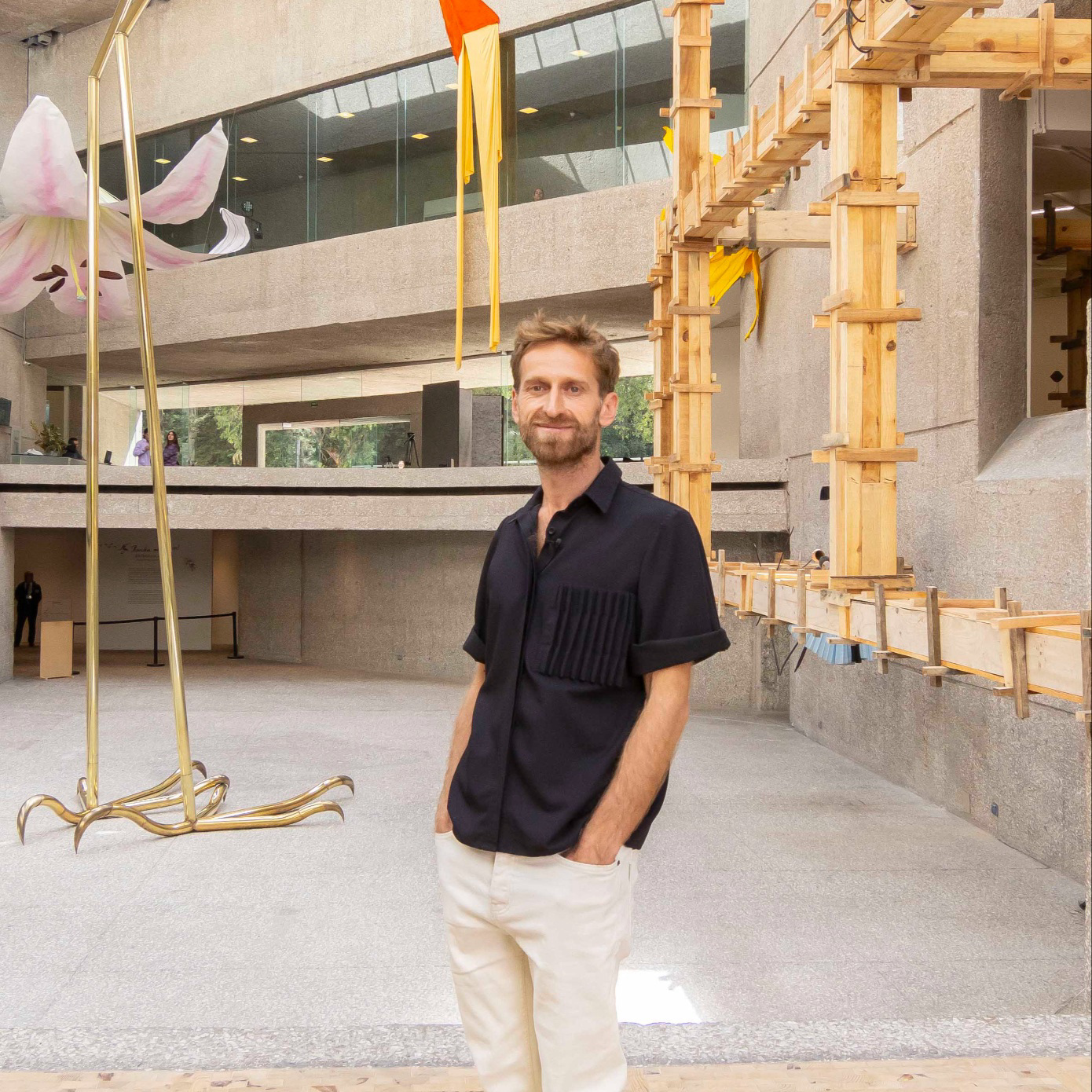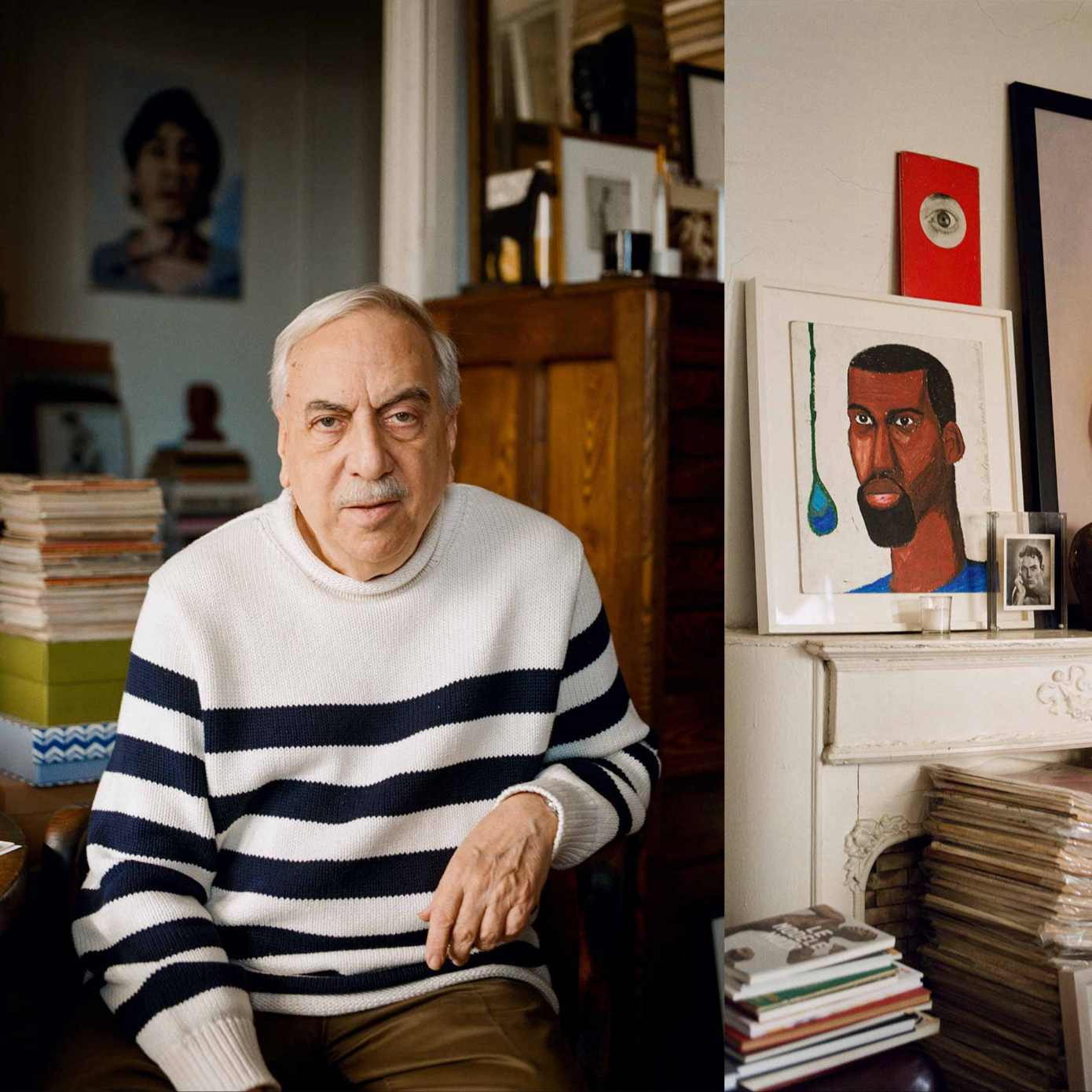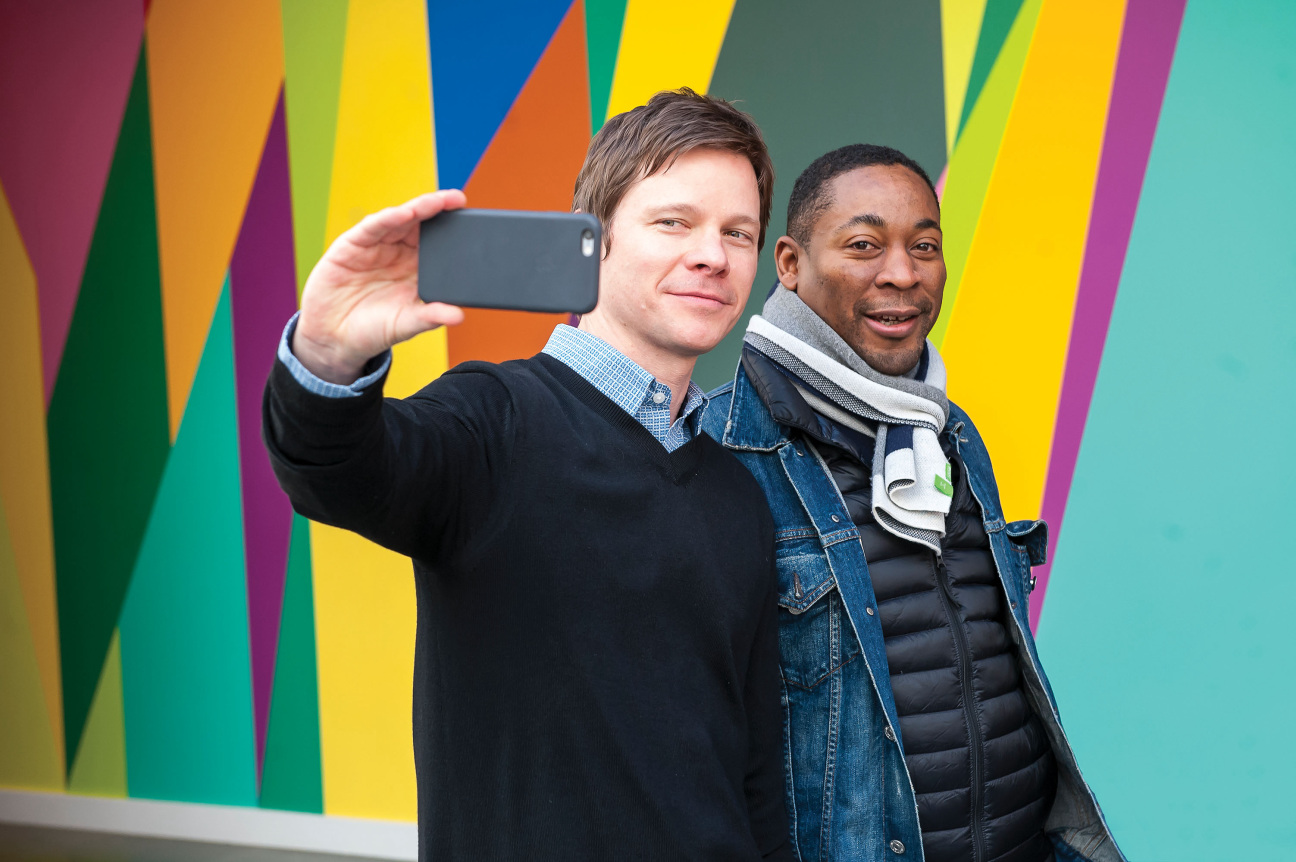
Music and sports are two unifying cultural forces that play a significant role in how we identify ourselves, tap into emotional memories, and relate to others. Museum leaders Trevor Schoonmaker and Franklin Sirmans blazed parallel paths while forging a strong friendship based on their love of the two pastimes.
As directors of the Nasher Museum of Art at Duke University and the Pérez Art Museum Miami, respectively, the soccer enthusiasts arrived at their current positions after vibrant careers in independent curation, writing, and institutional work. Their professional worlds first collided in early-aughts New York, during a curatorial boom that gave way to a more inclusive art historical canon.
By 2006, they were co-curating “The Beautiful Game: Contemporary Art and Fútbol” at Roebling Hall in New York’s Chelsea neighborhood. In the years since, the pair has cultivated a connection grounded in their shared passions: Up next, they’ll team up to present “Spirit in the Land,” curated by Schoonmaker and opening at PAMM in March. Here, they discuss their long-standing friendship, Fela Anikulapo-Kuti, hip hop, and the World Cup.
CULTURED: Trevor, you moved to New York in 1998. When did you meet Franklin?
Trevor Schoonmaker: Definitely by the time I curated “The Magic City” in 2000 [at Brent Sikkema]. We got to know one another a lot better during “Freestyle” with Thelma Golden.
Franklin Sirmans: The beautiful thing is that we didn’t meet at an opening. It was probably at a bar or a club.
Schoonmaker: Chances are high. After every opening at the Studio Museum in Harlem, a group would gather at the Lenox Lounge.
Sirmans: There was a confluence of things happening at the same time. “Freestyle” opened in 2001 at Studio, then “One Planet Under a Groove: Hip-Hop and Contemporary Art” at the [Bronx Museum of the Arts] at the end of 2001, and “Black President: the Art and Legacy of Fela Anikulapo-Kuti” at the New Museum in 2003. Christian Haye opened the Project, a commercial space that invited many artists including Bili Bidjocka, Sanford Biggers, Odili Donald Odita, and Julie Mehretu. There was a real sense of collective effort.
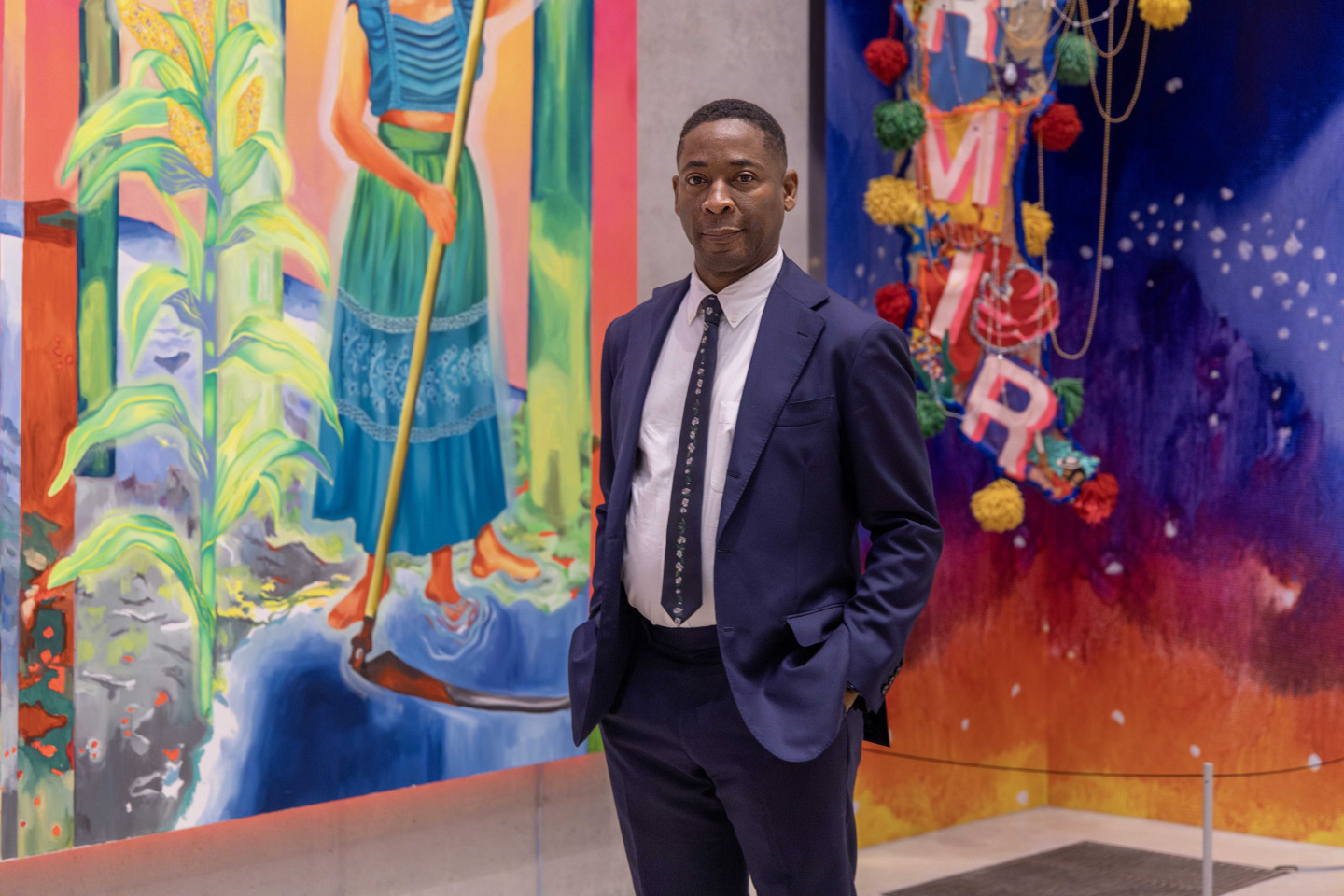
Schoonmaker: Those were important times. Wangechi Mutu was also a key figure within that community. Franklin named a lot of great people who we were close with, and it was such a different world then. Physically being together to build community and strong bonds was critical. A lot of our ideas certainly came together in a bar, a restaurant, or a club.
CULTURED: You are both strong stewards of artists’ legacies. Franklin, I read an essay you wrote about museum director and curator Walter Hopps where you describe curators as “cultural architects.” How do you balance these elements of your work?
Sirmans: When you’re in positions that are so artist-centered, you’re not objective. You’re committed to helping them present the work. With Hopps, it was, “Find the cave, hold the torch.” That kind of artist-driven relationship in terms of the curatorial sphere was paramount for me.
Schoonmaker: The trust you build [with an artist] over time allows you access to work that others don’t have. With someone like Barkley [L. Hendricks], there’s still work coming to the fore that is tucked away in his home. Franklin’s early shows like “One Planet Under a Groove” introduced me to artists like William Cordova and others I worked with really closely over the years. His own relationships have influenced some of mine.
CULTURED: You both left NYC in the mid-2000s. How important was it for you to create new curatorial paths by foregrounding your personal interests in your work?
Sirmans: The curatorial landscape began to open up in the ’90s, and I think a lot of that was because of independent curators. The curators we admired in the ’90s didn’t work in New York institutions—or American institutions for that matter. They were all making it happen from a very different viewpoint. It’s about connecting places, and then being able to connect people.
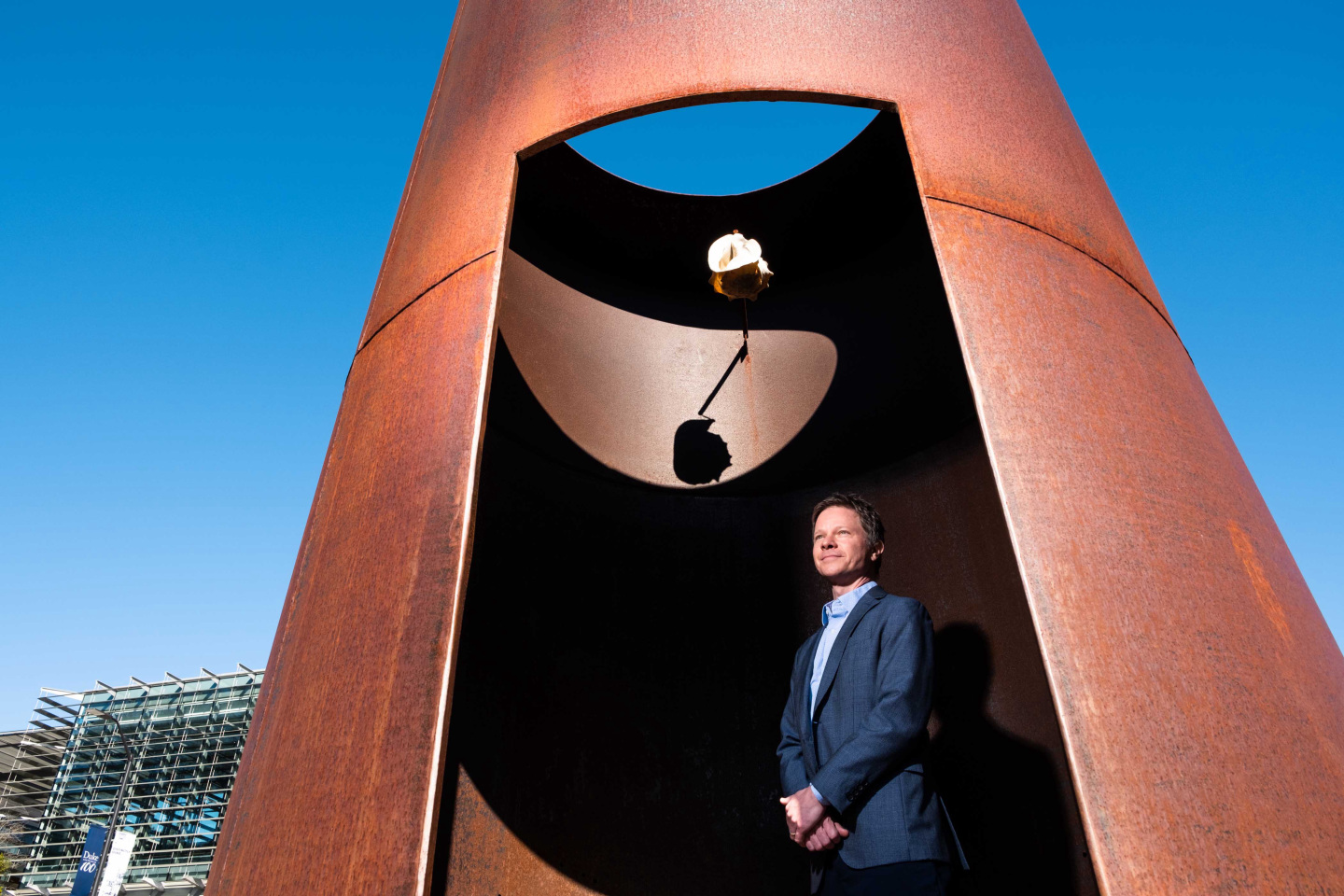
Schoonmaker: You have to carve out an identity as an independent curator, because you don’t have the identity of the institution. Your identity is that you excel at working with living artists, you excel at pushing the canon, you excel at bringing popular culture into your group shows, and supporting Black artists and artists of the diaspora.
Music, without question, draws a much larger audience—the possibilities open up extensively. Franklin was curating “One Planet” [when] I was curating “Black President,” and at that time people questioned the validity of the enterprise. “Why would you bring music into a visual arts realm?” It has inspired the two of us so much in our personal lives, so it’s obviously in our work.
CULTURED: How do you maintain your professional relationship?
Schoonmaker: We’re frequently drawn to the same events where we support one another. We text pretty often—art or soccer or something that makes us think of each other. We’ve had the luxury of meeting in Venice a couple of times. Once, we actually planned our family vacations to overlap.
Sirmans: The love of fútbol is always there. We’ll send each other an image of something that can relate to a potential exhibition in 2026. The Venice meet-up was priceless, and also having daughters and seeing them in those pivotal moments; seeing them evolve and change is amazing. To share that with somebody you care about is really special.
CULTURED: Does this mean we can expect to see something from you two in 2026?
Sirmans: The World Cup! One part of “The Beautiful Game” that fits into the curatorial apparatus is a humanist streak. Where do people meet? Where are the bridges? Venice is a bridge—it was meant to be that way since 1895—and the World Cup is meant to be a bridge no matter how commodified it gets. It is meant to be this place to celebrate.
Schoonmaker: It speaks to the broader issues that Franklin’s getting at—humanism and internationalism. The World Cup was there before it was intellectualized in the academy and in galleries, before everybody was throwing around the term “globalism.” Those are arenas where people don’t necessarily know each other’s affiliation. They may identify with a specific team or a certain artist, but it brings people together more than it separates them. Franklin, as a friend and colleague, is someone I can have these art world and intellectual conversations with. That’s one of the unifying elements in our work.

